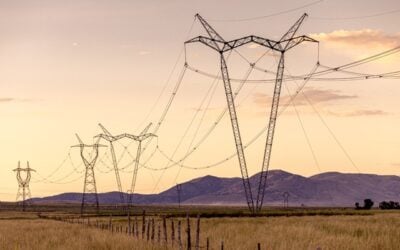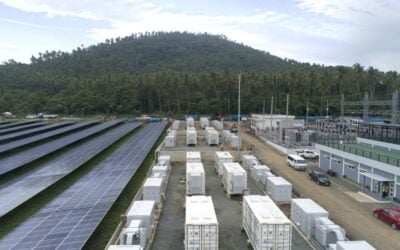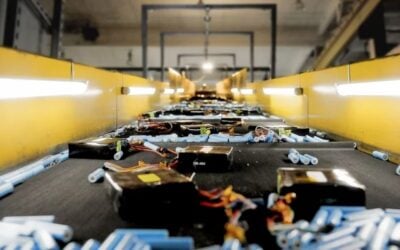Fuel cells for distributed generation will be developed through 13 new projects that have been announced by Advanced Research Projects Agency-Energy (ARPA-E), the US government agency responsible for promoting funding and RnD into advanced energy technologies.
Dr Cheryl Martin, acting director of ARPA-E, announced this morning at New York Energy Week that US$33 million worth of funding will be put into the projects. According to the US Department of Energy, the 13 projects will focus on providing low-cost distributed energy. They will aim to provide improvements to grid stability and help balance variable power generation from renewable sources including solar, as well as reducing carbon dioxide emissions.
Enjoy 12 months of exclusive analysis
- Regular insight and analysis of the industry’s biggest developments
- In-depth interviews with the industry’s leading figures
- Annual digital subscription to the PV Tech Power journal
- Discounts on Solar Media’s portfolio of events, in-person and virtual
Funded through ARPA-E’s new programme, Reliable Electricity Based on Electrochemical Systems (REBELS), the electrochemical distributed power generation projects will utilise low-cost Intermediate-Temperature Fuel Cells (ITFCs).
ARPA-E will put US$33 million of funding into 13 low-cost fuel cell projects. Image: ARPA-E facebook page.
The US Department of Energy said that most research into fuel cells to date at the top level has centred on cells that operate at high temperatures, suitable for grids, as well as the current alternative, low temperature fuel cells which are used in EVs. The newly announced ARPA-E projects will be used to balance the two approaches.
For example, one REBELS project run by the University of South Carolina will look at providing storage locally rather than from a centralised grid, or “behind the meter”. This system should in theory be able to act as a battery to respond to transient power loads. Another in Pasadena, California, will examine the use of low cost materials, while a further example will be a project by a Utah-based team looking at converting gaseous hydrocarbons such as methane into liquid fuels.






